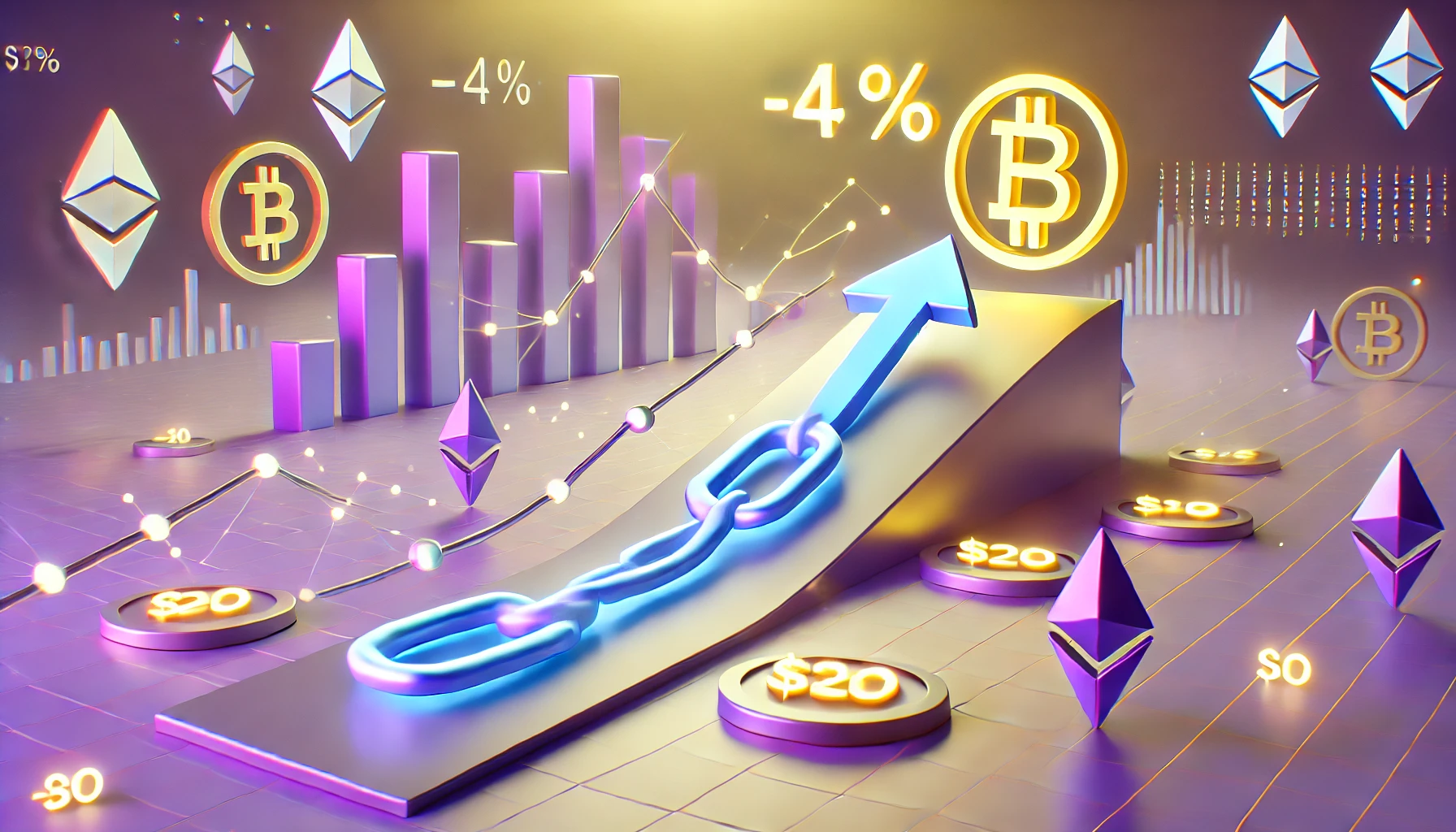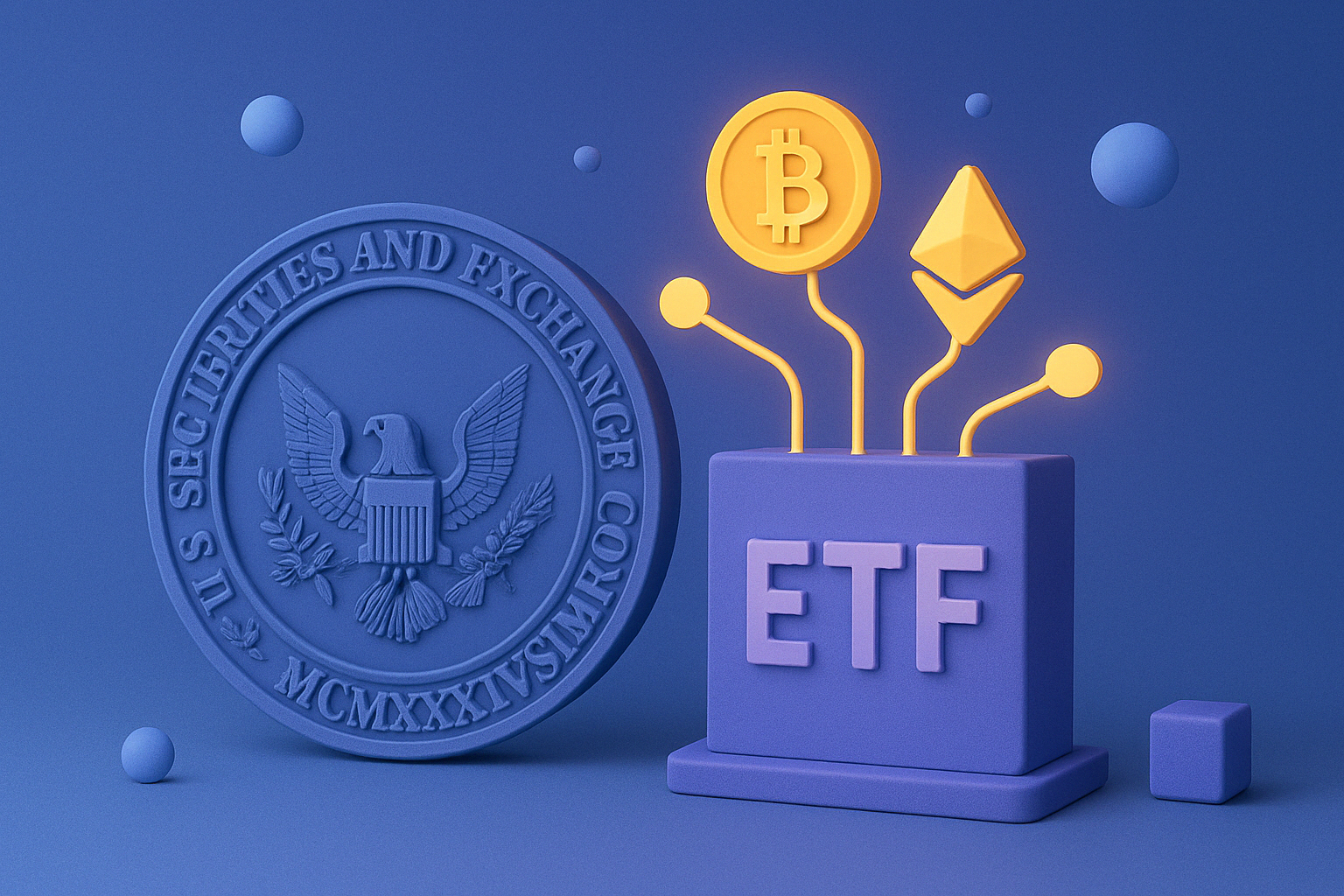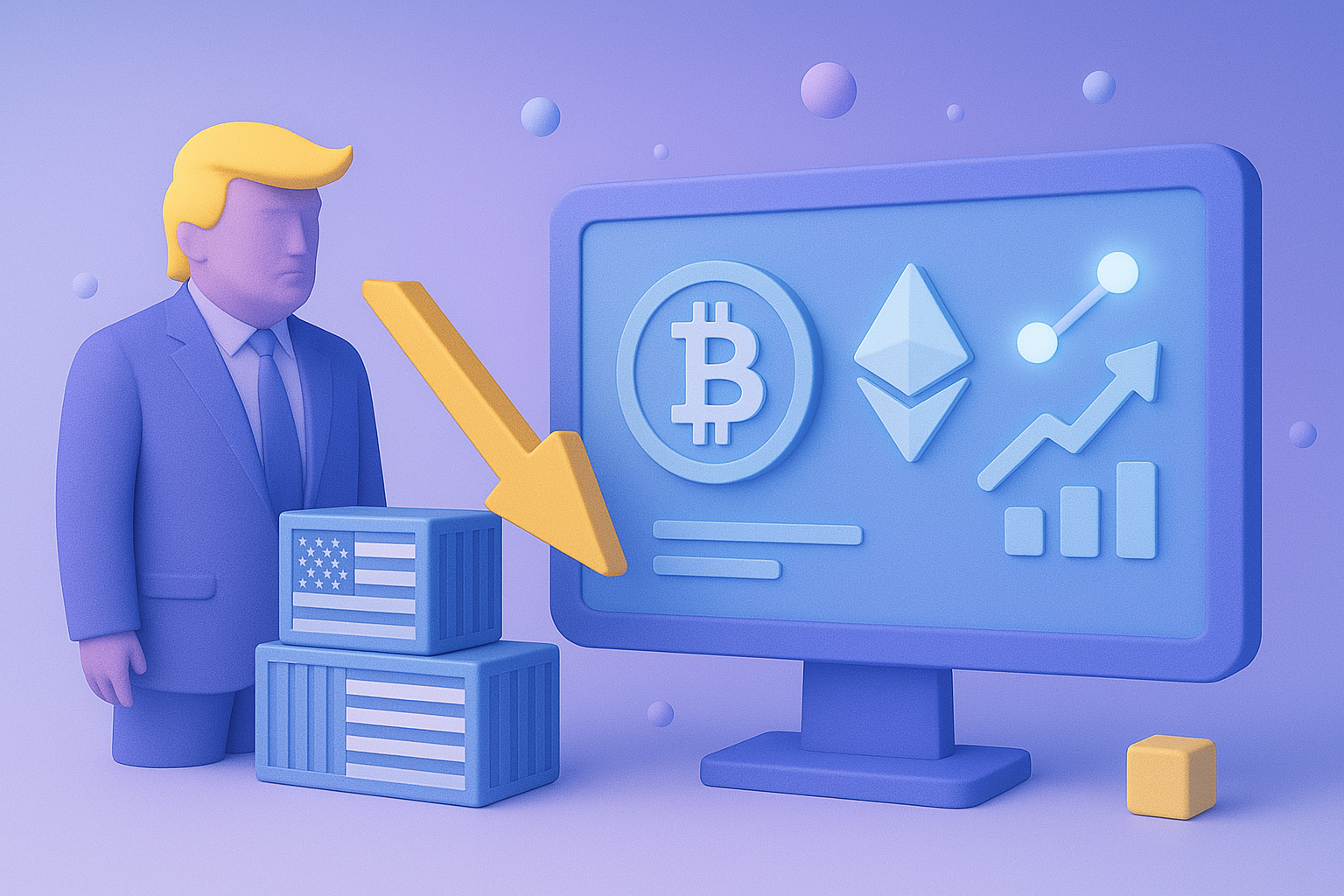Those who have been checking Coinmarketcap over the past few hours will certainly have come across a new entry among the top 100 cryptocurrencies by marketcap. We’re talking about Phoenix GLobal’s $PHB, unknown to most, which the popular quotation site claims has gained as much as 6,000%.
All this, however, is the result of a great misunderstanding, which concerns a rebranding of the token, a migration from PHX to PHB with the new token to be 100 of the old one. The prices currently quoted by Coinmarketcap – a site linked to Binance – should therefore be reconsidered in the light of this change.
Still, it will be a good opportunity to talk about this project and why it wanted to rebrand itself. It can be found on Binance – click here to open a free account – an intermediary that was the first to support the migration and has confirmed itself as one of the most attentive to small-cap projects.
With Earn, we can also lock in our crypto-currencies and earn even large sums day after day. The internal dex offers low commissions and access to hundreds of tokens.
What’s Phoenix Global and how has it grown by more than 6,000%?
As we mentioned in our introduction, this was in fact a glitch, a mistake made by Coinmarketcap when switching the token from its now-defunct version to the new one. But let’s proceed in order.
At 05:00 Italian time today, the old $PHX was renamed $PHB, in line with a plan announced some time ago by Phoenix Global. The changeover has also resulted in a 1/100 reduction in tokens in circulation, meaning that each new $PHB technically represents $100PHX. And that’s the driving force behind the chaos involving Coinmarketcap in recent hours. Because the site still takes into account the old 24-hour price and the old capitalisation relative to circulating assets.
So no, while Phoenix Global is a potentially interesting project, it hasn’t actually climbed into the world’s top 100 crypto-currencies and hasn’t experienced a 6,000% gain. Far from it, the token, at least on Binance, loses value over 24 hours.
What’s Phoenix Global and how does it work?
Phoenix Global is a protocol that recently migrated from the NEO network to its own platform. Over the years, it has had an eventful history, marked by acquisitions of other projects and mergers. The main objective of this protocol is to provide a blockchain infrastructure for the real economy. To achieve this, it incorporates several key features.
Firstly, Phoenix Global uses a proprietary Chainlink oracle. An oracle is a mechanism for bringing external data onto the blockchain, and choosing a quality oracle like Chainlink strengthens the reliability of the information available on the platform.
Secondly, the protocol offers parallel sidechains for businesses, similar to what we can partially observe on the Avalanche network. The sidechains allow companies to execute their own transactions and smart contracts independently, while benefiting from the wider Phoenix Global ecosystem.
Another important aspect of Phoenix Global is its dual consensus mechanism. This means that the protocol uses two validation methods to validate transactions and secure the network. This mechanism enhances security and resistance to potential attacks.
The project is undoubtedly interesting, although it is a niche project with advanced features such as multi-level smart contracts and an internal engine for moving data via a virtual machine. However, despite its advanced technology, Phoenix Global’s current market capitalisation is well below that shown on Coinmarketcap.
In fact, only 35 million tokens are currently in circulation, compared with the 3.5 billion initially quoted. This means that the project’s current market capitalisation is close to 30 million dollars, which is definitely not enough to be among the top 100 projects in terms of market capitalisation.
We’ll be watching to see if this transition can be a harbinger of good news for the protocol – but those who want to invest now will have to take account of what’s happened today and not be fooled by growth that doesn’t really exist.














